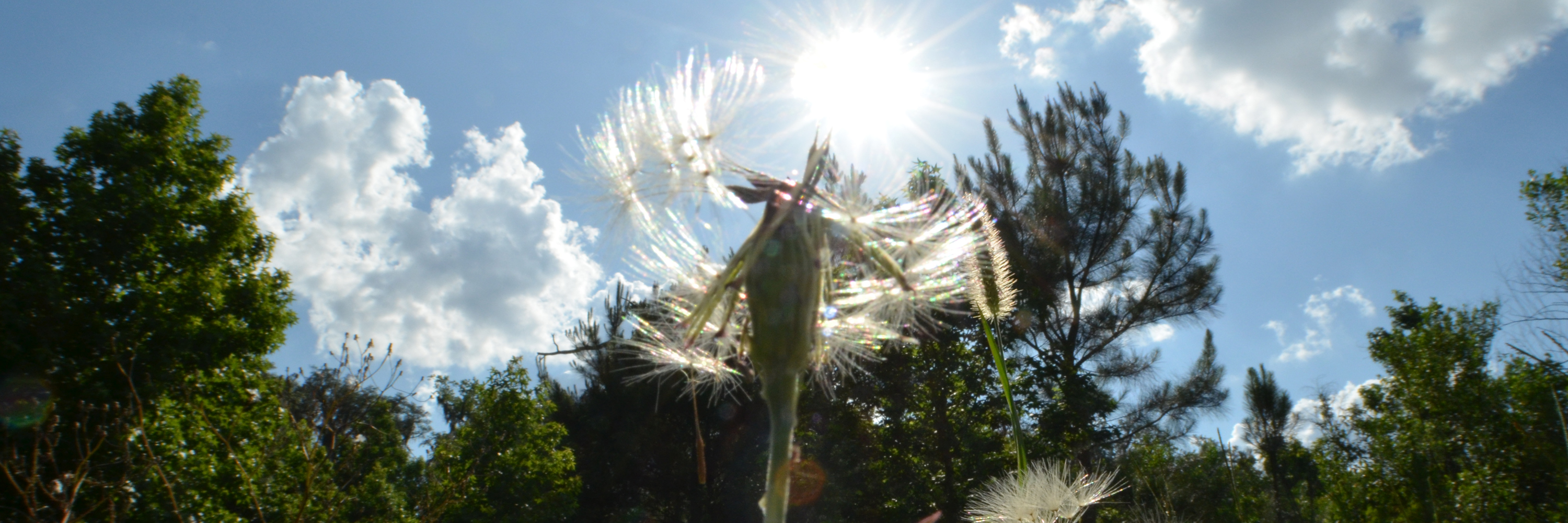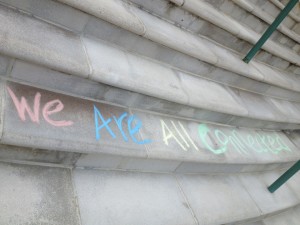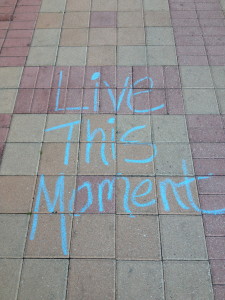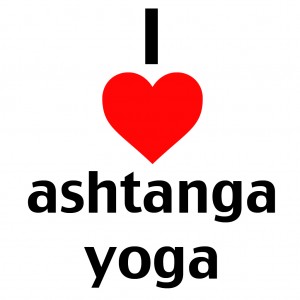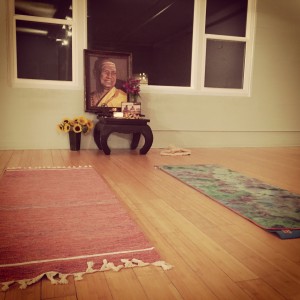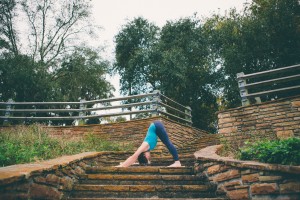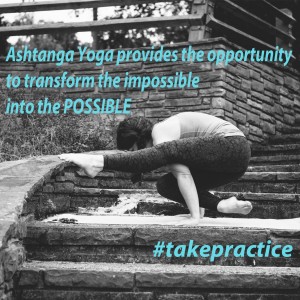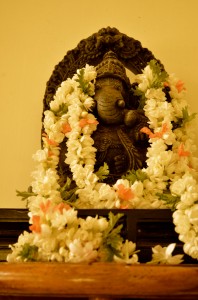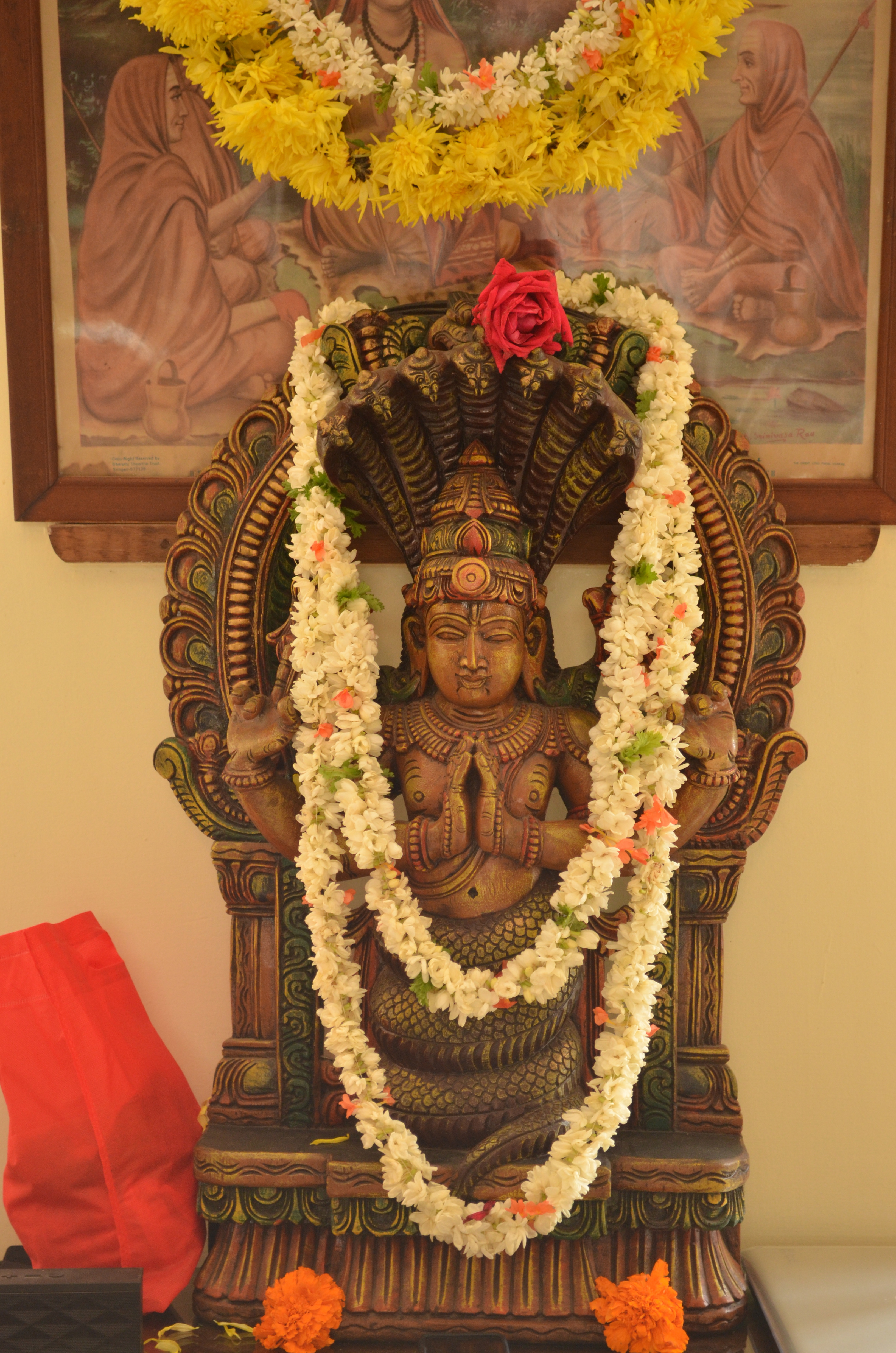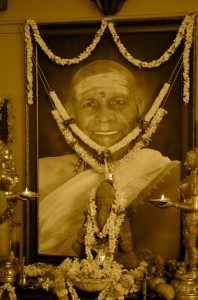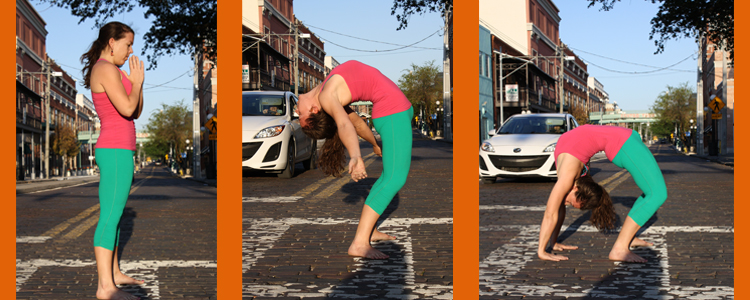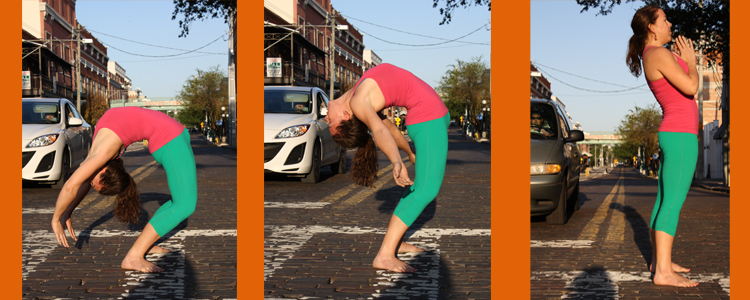by: Jessica Lynne Trese
What would it mean to stop looking and actually SEE?
I have spent the majority of my life looking for something. Looking for approval, looking for love, looking for validation, looking for happiness, looking everywhere for what was missing in my heart, for what was missing in my life. I looked to others, I looked to money, I looked to partners, I looked to material possessions…basically, I looked outward.
This constant LOOKING finally led me to a yoga mat.
I was looking for peace of mind, looking for something more in my life, looking for a healthier body. As I began practicing yoga regularly, my pattern of looking outward for validation and happiness continued. I would look for approval, look for new poses, look for the next accomplishment.
All of this looking was to fill something that was missing in my life.
And where did this get me? I found pain, suffering, frustration, loneliness and isolation.
But, with the help of some really amazing teachers along the way, I was led to turn inward and observe. I finally learned to calm down my monkey mind enough to start to see and witness my inner landscape.
Instead of looking outward to receive what I needed, I found a path to turn inward.
And there it was revealed, everything I was seeking was inside me all along. Like the tearful moment when Dorothy realizes she could have been swept back to Kansas at any moment, I found myself rushed with the overwhelming knowledge that I had everything I was looking for me inside me already.
तदा द्रष्टुः स्वरूपेऽवस्थानम् ॥३॥
tadā draṣṭuḥ svarūpe-‘vasthānaṃ ॥1.3॥
And then, the seer abides in His own nature.
By practicing yoga, you can lead your self toward bliss and supreme connectivity. Or, you can also be led toward more suffering.
The intention beneath your practice is what matters the most.
What are you looking for on your mat?
What do you SEE when you look within?
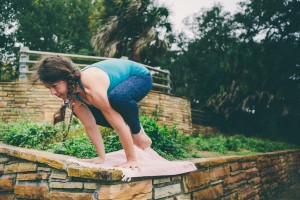
* About Jessica
* Ashtanga Eco Retreat – September 1-7, 2016
* Upcoming Events & Workshops
* Apprenticeship Program
You Might Also Enjoy:
- Three Gifts
- What Does It Really Mean To Practice Non-Attachment
- Ashtanga Opening Mantra
- Yoga To Sleep Better At Night
- Some Truth About Ashtanga Yoga
- Yoga Brings Out The Worst In Me
- Catvāri cringe
- Into The Shadows – the elusive search for happiness in Ashtanga Yoga
- …and in all earnestness
- Ashtanga Yoga and the Ego
- Guru Gratitude
- 5 Ways to Find Joy, Even When You’ve Got The Grumps
- The Grateful Game
- Yoga And The Quest To Know It All
- Standing Up From Backbending – How I Overcame My Fears
- Keeping Guruji With You When You Practice
- The Heart of Ashtanga Yoga: The Tristhana Method
- Ashtanga Yoga is a Breath Practice. Seriously, It REALLY Is
- The Seven Words that Changed My Practice
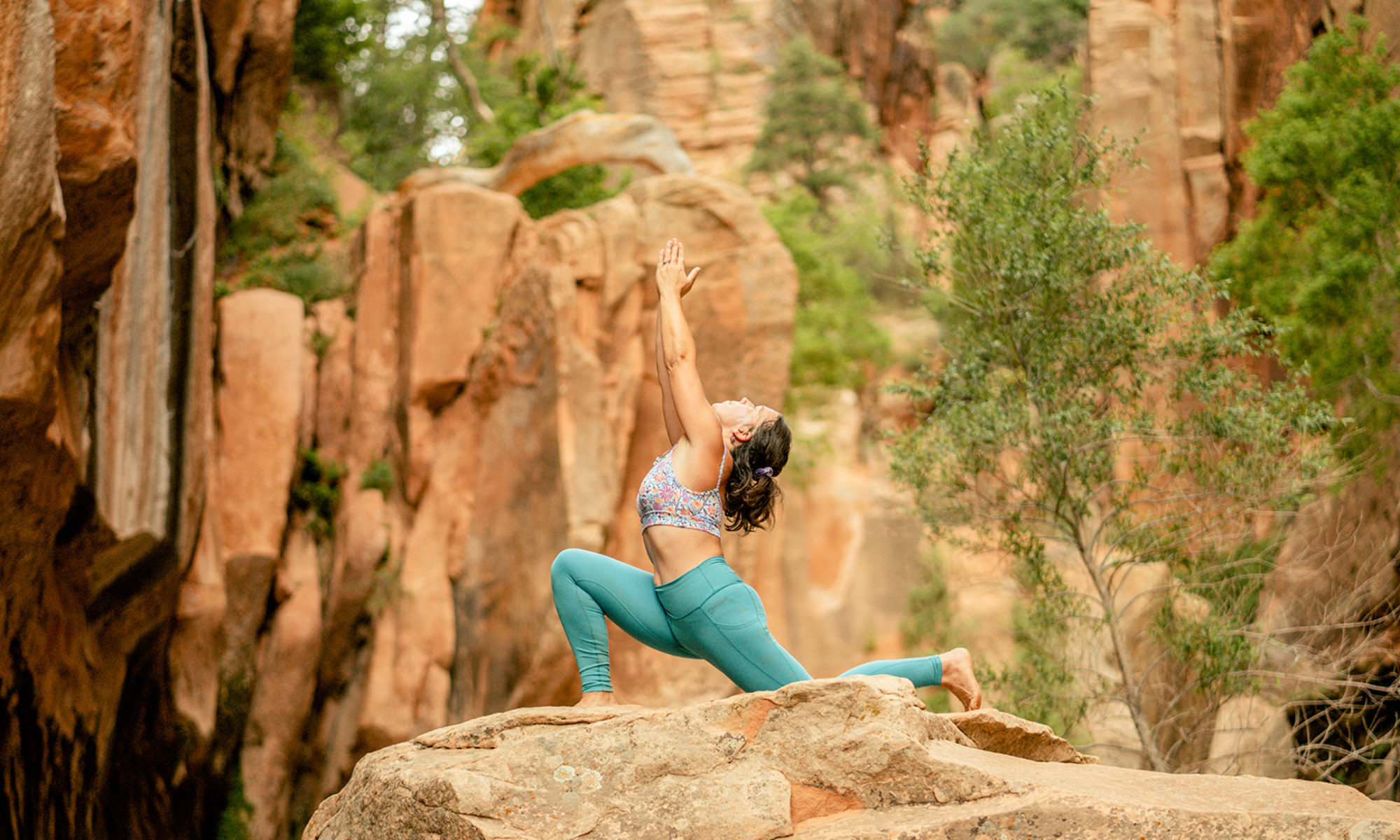

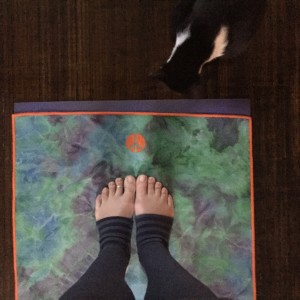
 It is recommended that women rest from their Ashtanga practice during the first trimester of pregnancy. This is a very delicate time in the gestational process and most women are guided to let their bodies lead the process without adding a strong practice to the mix. For me, this hiatus began with standard first trimester rest, and then some complications led me from voluntary rest to limited activity as ordered by my Doctor. We also had a few more bumps in the road which kept me away from my mat for another month.
It is recommended that women rest from their Ashtanga practice during the first trimester of pregnancy. This is a very delicate time in the gestational process and most women are guided to let their bodies lead the process without adding a strong practice to the mix. For me, this hiatus began with standard first trimester rest, and then some complications led me from voluntary rest to limited activity as ordered by my Doctor. We also had a few more bumps in the road which kept me away from my mat for another month. I know I will never ‘get back to where I was,’ because that moment has passed and this moment is an entirely new experience. And I also know I will once again find ease and grace on my mat, a brand new and also familiar experience in each fresh moment, and in each familiar pose. I will once again grab my heels in kapotasana, and find lightness as I drop back, it will come.
I know I will never ‘get back to where I was,’ because that moment has passed and this moment is an entirely new experience. And I also know I will once again find ease and grace on my mat, a brand new and also familiar experience in each fresh moment, and in each familiar pose. I will once again grab my heels in kapotasana, and find lightness as I drop back, it will come. 